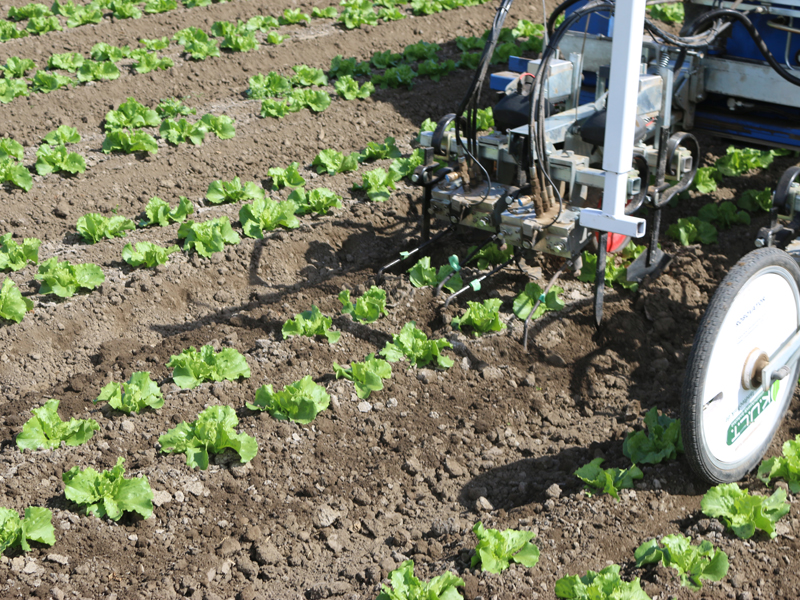Science News
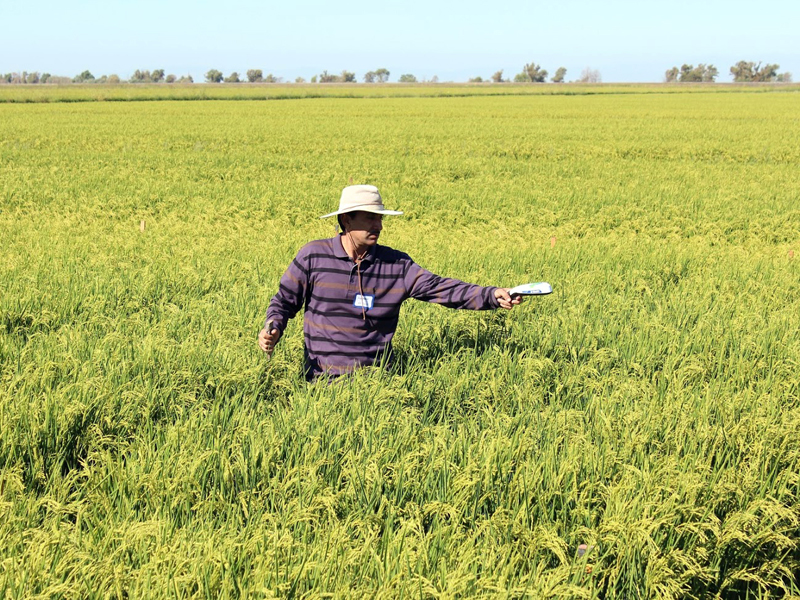
Farmers make a lot of decisions. One of the most important is how much fertilizer to apply to their crops, and when to apply it. Applying more than necessary or at the wrong time can waste resources, impact the environment, and cut into narrow profits.

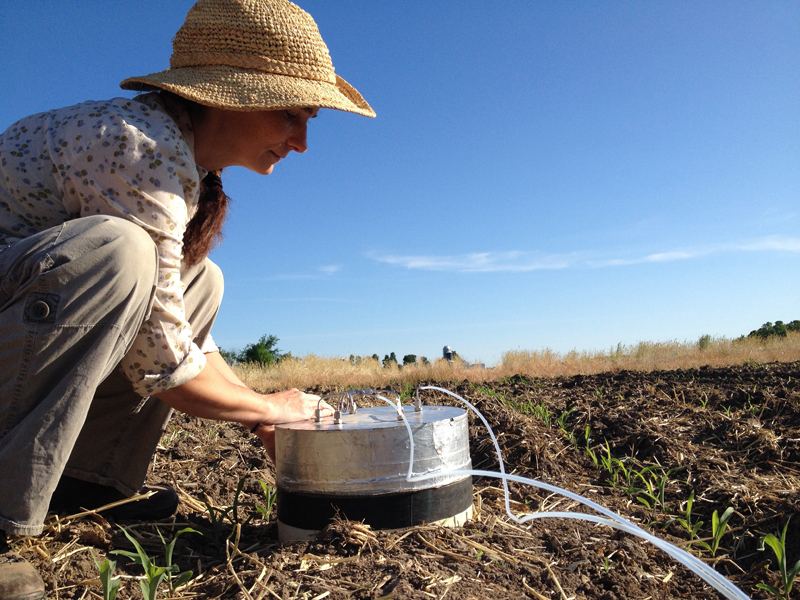
What’s a responsible farmer to do? Manure injection is an important soil management practice that reduces the chance of manure runoff. But recent studies by Carol Adair and colleagues at the University of Vermont show manure injection can increase the release of harmful greenhouse gases.
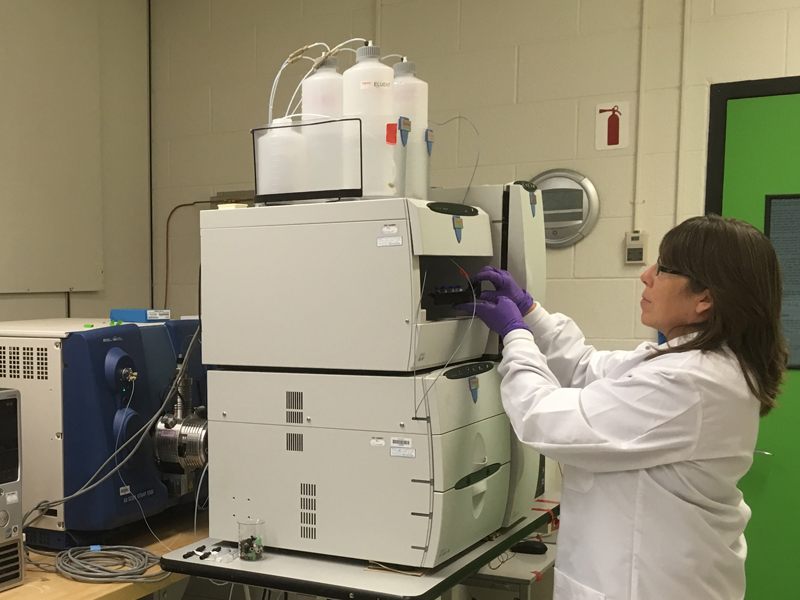
We often “flush it and forget it” when it comes to waste from toilets and sinks. However, it’s important to be able to track this wastewater to ensure it doesn’t end up in unwanted places. A group of Canadian scientists has found an unlikely solution.
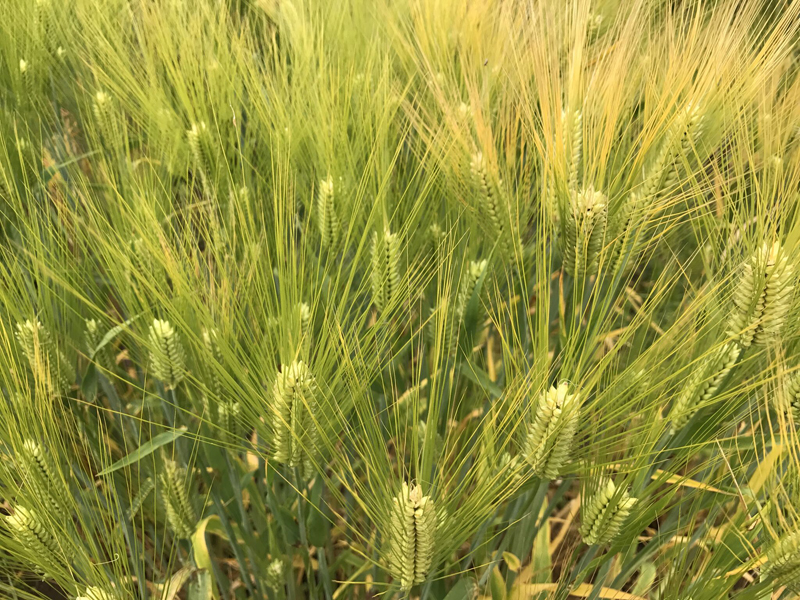
Researchers at Oregon State University (OSU) are giving an ancient grain a new life: this barley is naked, but not in an indecent way.

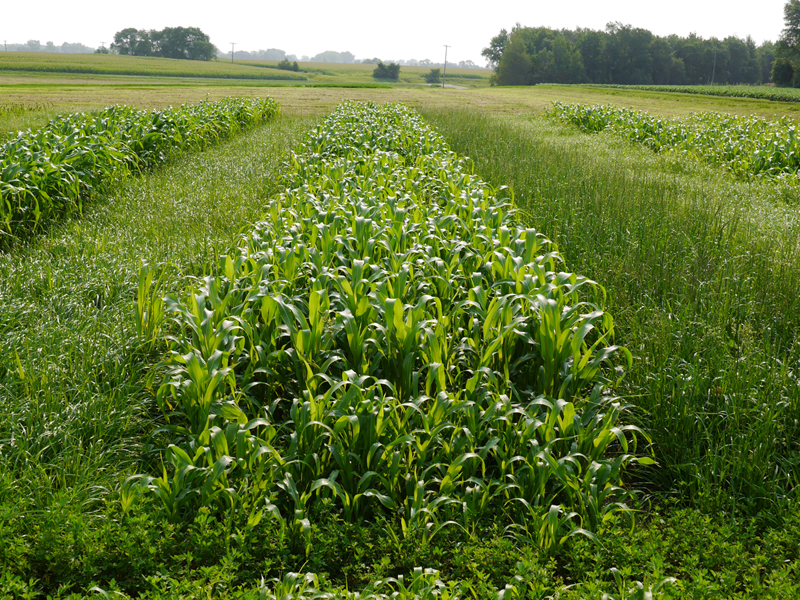
Meet alfalfa, a perennial legume used mainly as high-quality feed for dairy cattle. Alfalfa is also used as feed for beef cattle, horses, sheep, and goats. It’s high in protein (16-20% crude protein). It contains a lot of calcium and other minerals and vitamins. It contributes billions of dollars to the United States economy annually.
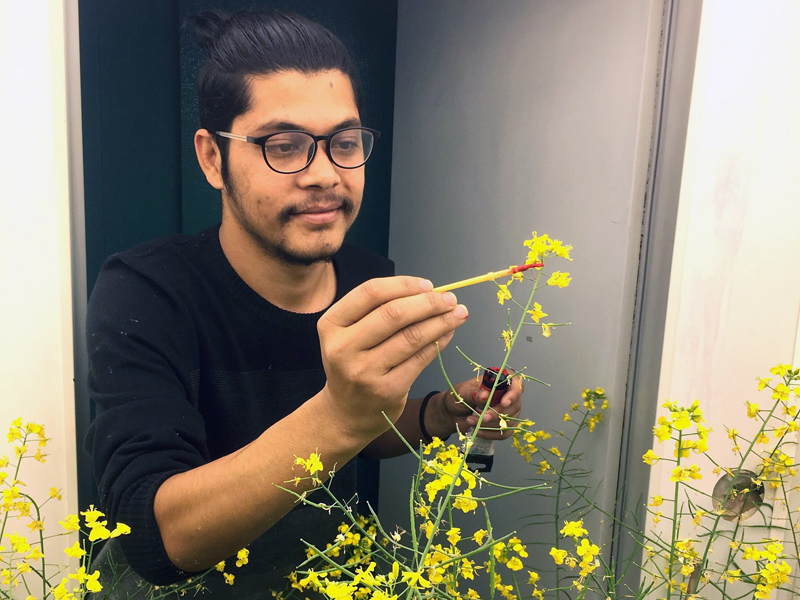
Plants don’t sleep like humans do—but just like some people don’t rest well in the heat, some plants don’t either. The canola plant isn’t as productive if the temperature is high at nighttime, and scientists are trying to find out why.
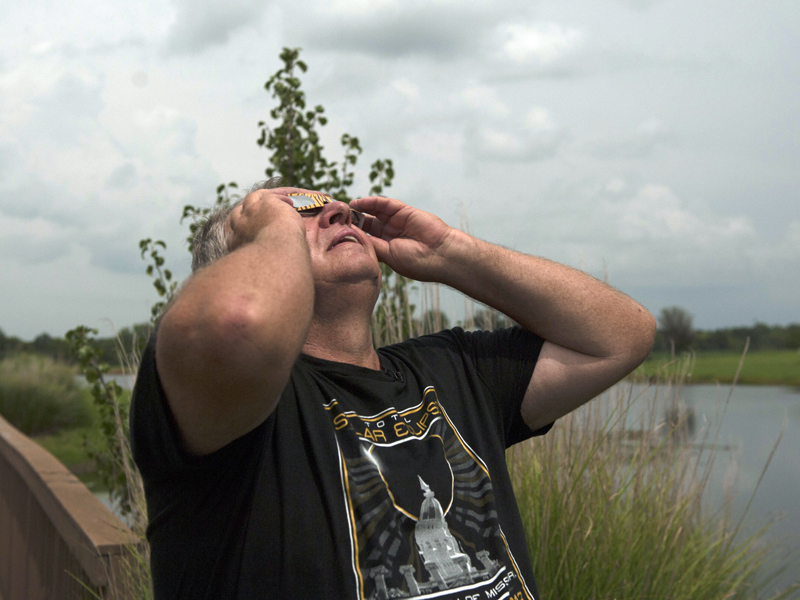
On August 21, 2017, about 215 million American adults watched one of nature’s most dramatic events: a total solar eclipse. However, most of the country could only see a partial eclipse. The path of the total eclipse was a strip just 70 miles wide, arcing across the country from Oregon to South Carolina.
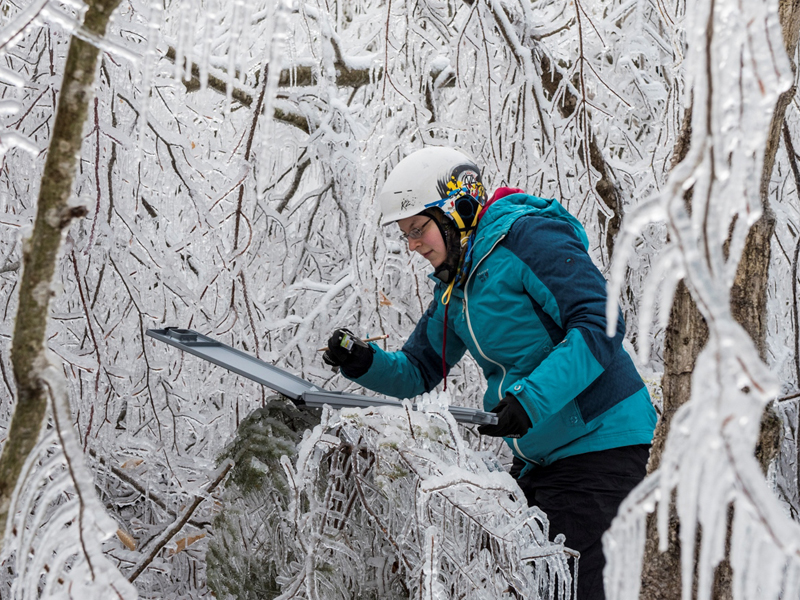
Ecologist Lindsey Rustad sculpts ice forests. She’s not a sculptor by trade, but in her latest ecology experiment, her team sprayed water over a portion of forest during the coldest part of the night. Within hours, the water froze to the branches, simulating an ice storm.
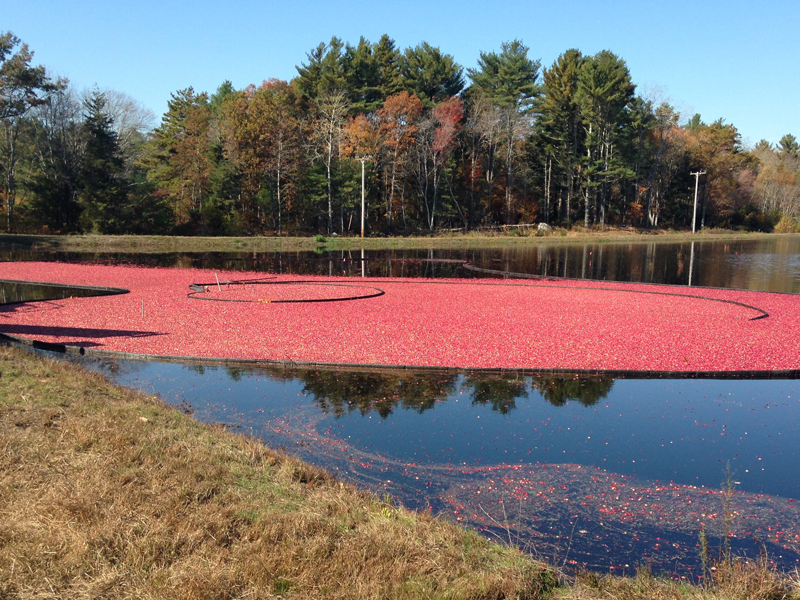
At Thanksgiving, many Americans look forward to eating roast turkey, pumpkin pie, and tangy red cranberries. To feed that appetite, cranberry farming is big business. In Massachusetts, cranberries are the most valuable food crop. The commonwealth’s growers provide one-fourth of the U.S. cranberry supply.

